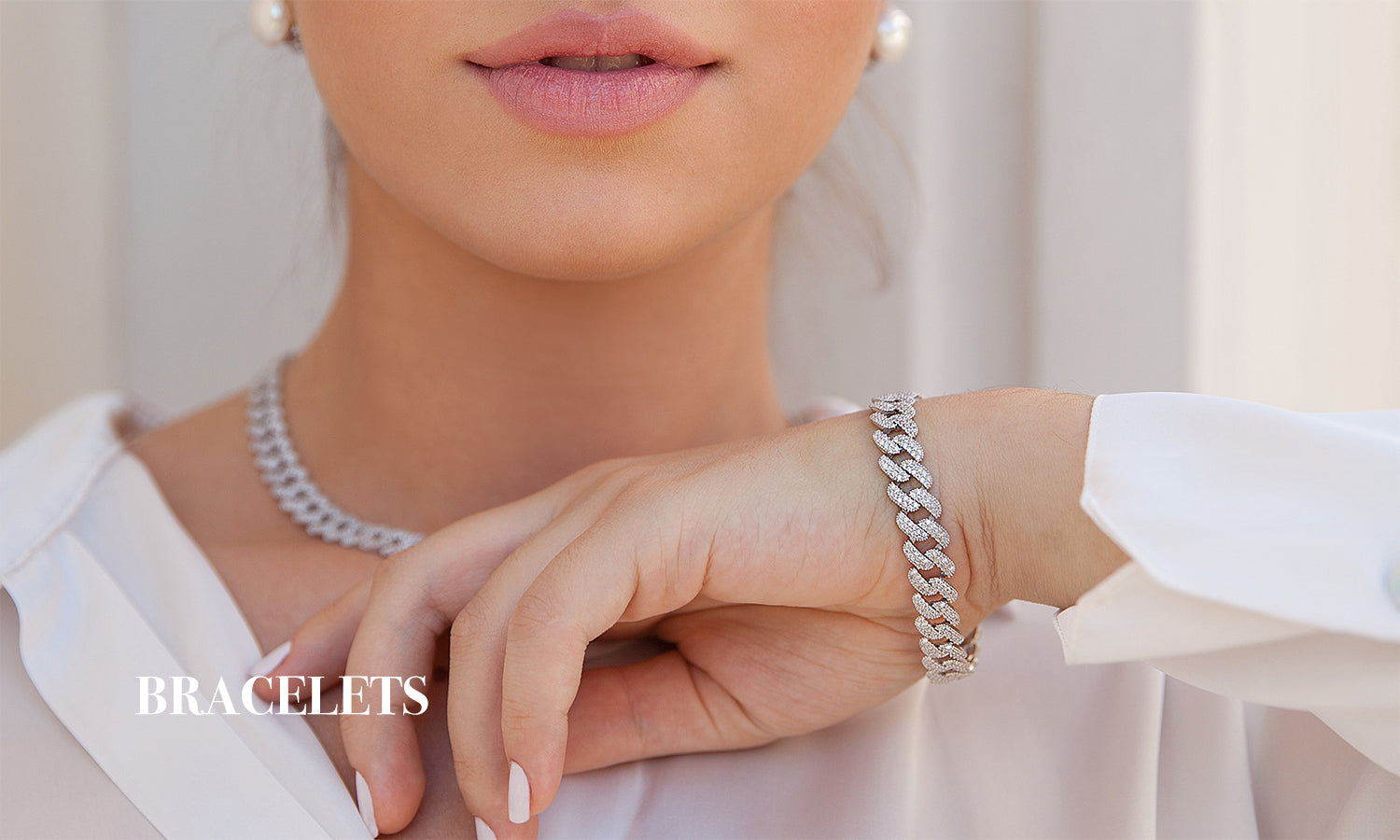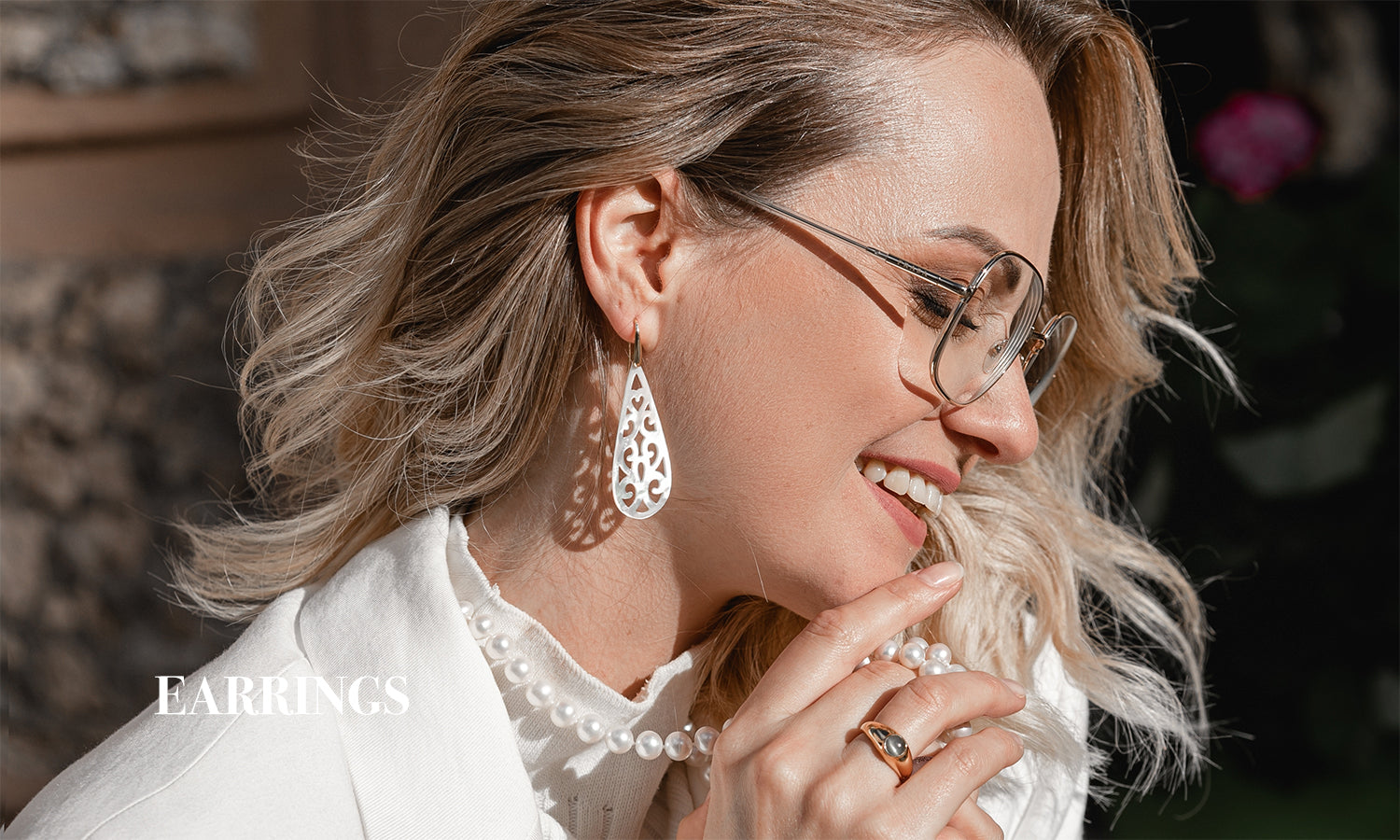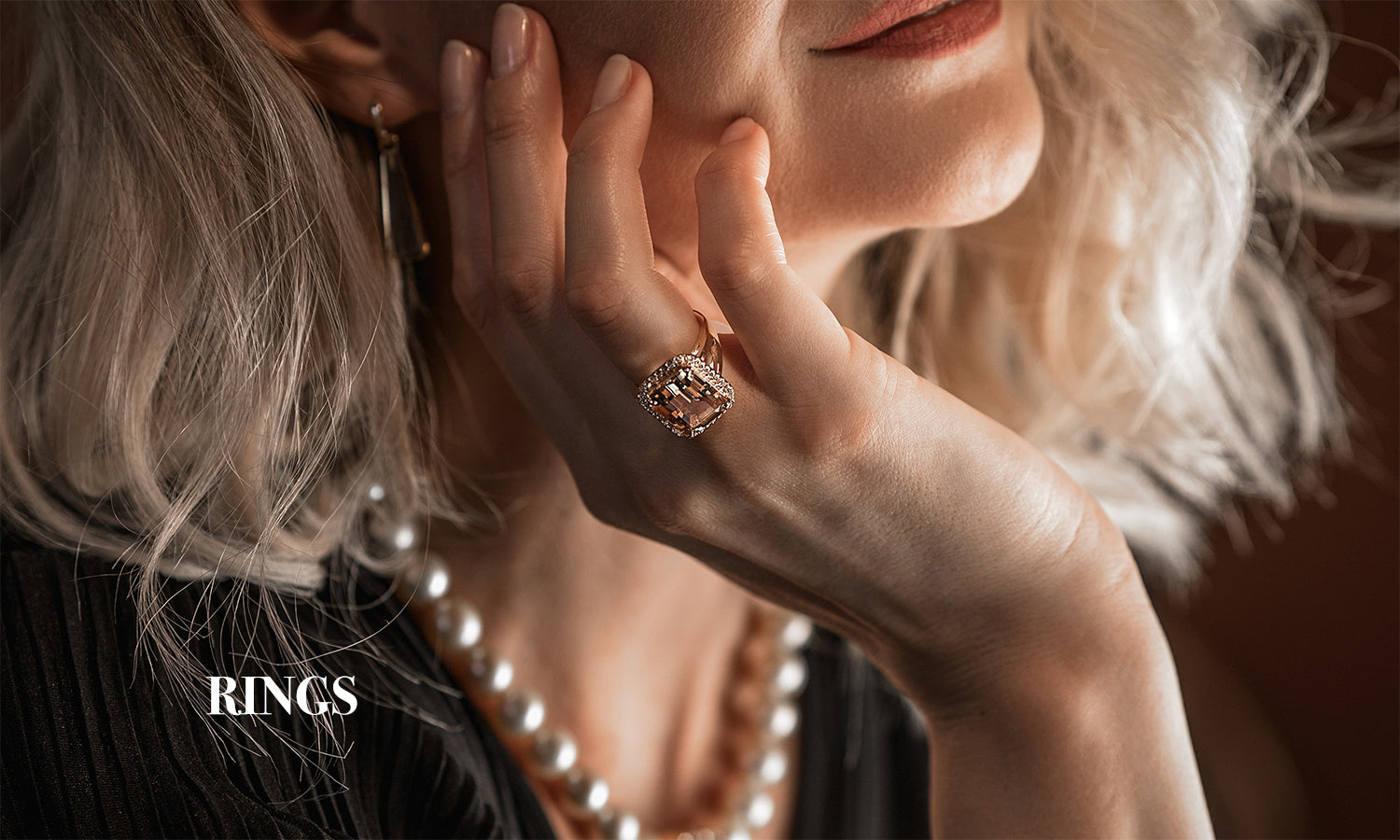Introduction to Tribal and Ethnic Jewelry

Tribal and ethnic jewelry is a style of jewelry that has its origins in various cultures and ethnic backgrounds all over the world. The jewelry has been used for centuries to identify individuals, express their beliefs and cultures, and even symbolize their heritage. From the ancient jewelry of North Africa to the more intricate pieces found in India, tribal and ethnic jewelry is a beautiful and meaningful way to show respect for cultures and traditions.
| Region | Materials | Techniques | Significance |
|---|---|---|---|
| Africa | Shells, bone, ivory, metals | Beadwork, carving | Social status, spiritual |
| Asia | Jade, gold, silver | Carving, metalwork | Cultural identity, protection |
| Native America | Silver, turquoise, coral, abalone | Beadwork, silverwork | Spiritual symbolism, identity |
| Middle East | Silver, gold, semi-precious stones | Filigree, engraving | Cultural expression, decoration |
| Latin America | Wood, bone, metal | Beadwork, metalwork | Cultural identity, adornment |
Tribal and ethnic jewelry often features symbolic figures, shapes, and colors. For example, in African jewelry, you may find fertility, wealth, and power symbols. In India, intricate designs of gods, animals, and symbols of luck and protection are often found. Many tribal and ethnic pieces also feature gemstones, natural materials, and precious metals.
Tribal and ethnic jewelry has been used for centuries to signify status, express beauty, and tell stories. Sometimes, the jewelry may even be used to protect against evil spirits and bad luck. In other cases, it may be used to express love and affection. The colors, shapes, and symbols found in tribal and ethnic jewelry often convey meaning and significance.
Because tribal and ethnic jewelry comes from different cultures and backgrounds, it is important to understand the context in which the pieces are created. Knowing the origin of a piece of jewelry can help you appreciate its beauty and understand its meaning. For example, African jewelry is often inspired by the art and culture of Africa, with many pieces taking on a spiritual or religious meaning.
Tribal and ethnic jewelry is often handmade and can be quite intricate. The pieces may be made from natural materials like wood, bone, and stone. In other cases, metals and precious stones may be used. The craftsmanship involved in creating tribal and ethnic jewelry is often quite complex, and the pieces can take many hours to complete.
In addition to being beautiful pieces of jewelry, tribal and ethnic pieces can also be incredibly meaningful. The symbols and designs can represent various things, from beliefs to ancestry. Wearing a piece of tribal or ethnic jewelry can be a way to honor and celebrate one's heritage. It can also be a way to express one's own culture and identity.
Tribal and ethnic jewelry is a beautiful way to honor different cultures and traditions. From the intricately detailed pieces of India to the symbolic pieces of Africa, there are many different styles of tribal and ethnic jewelry to explore. Whether you are looking for a piece of jewelry to express your own culture or to honor and celebrate another’s, there is sure to be something that speaks to you.
History and Origin of Tribal and Ethnic Jewelry
Tribal and ethnic jewelry has been around for centuries and is still popular today. It is often used to express cultural identity, display wealth and status, and give a personal touch to any outfit or look. The history and origin of tribal and ethnic jewelry date back to ancient times and have evolved and adapted over the years.
Early tribal and ethnic jewelry was typically made of materials found in the immediate environment. This could include wood, bone, stone, shells, seeds, and feathers. These pieces often had symbolic meanings, demonstrating a connection to the land and people there. Many of these early pieces were handmade, using simple tools such as stones and sticks. Techniques such as hammering, drilling, and cutting were used to shape the material into desired shapes and patterns.
Tribal and ethnic jewelry was often used to indicate social status, wealth, and marital status. In traditional cultures, jewelry was often given as a sign of affection or commitment or to mark important life events. The symbolism associated with different pieces of jewelry could be very intricate. For example, certain colors and symbols could indicate a particular family or clan, while other pieces could be worn to ward off evil spirits.

In many cultures, jewelry was also used to decorate the body. For example, traditional African jewelry was often worn as an ornamentation to protect the body from the elements. This type of jewelry was often made from metal, beads, shells, and other materials. The designs were often very intricate and often included symbols and patterns that had a spiritual meaning.
Today, tribal and ethnic jewelry is still popular and often worn to express one's cultural identity. It is also used to decorate the body or to give a personal touch to any outfit or look. Many of the same techniques and materials used in ancient times are still used today. However, modern production methods have made it possible to mass-produce jewelry more quickly and cost-effectively.
Tribal and ethnic jewelry can be found virtually every corner of the world. From the vibrant colors and patterns of African jewelry to the intricate designs of Native American jewelry, there is something for everyone. No matter where you go, you're sure to find a unique piece of jewelry that speaks to you and your culture.
Tribal and ethnic jewelry has a rich history and will continue to be popular for many years. Whether you're looking for a traditional piece or something more modern, it's sure to be a great addition to your wardrobe.
Whether you're shopping for yourself or a loved one, there's no better way to express your cultural identity and add a unique personal touch to any outfit. So why not explore the wonderful world of tribal and ethnic jewelry today?
Popular Types of Tribal and Ethnic Jewelry
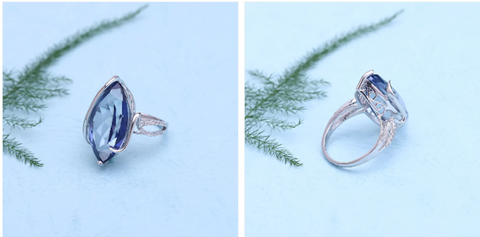
- African Jewelry: African jewelry is known for its bold and vibrant colors. These pieces are often made with traditional materials such as beads, shells, and wood. They often feature intricate details and patterns that reflect the culture of their region.
- Tibetan Jewelry: Tibetan jewelry is a type of ethnic jewelry typically crafted with turquoise, coral, and other semi-precious stones. It is known for its intricate designs and religious symbolism, which may include the all-seeing eye, lotus flowers, and the eight auspicious symbols.
- Indian Jewelry: Indian jewelry is renowned for its beauty and craftsmanship. These pieces often feature intricate carvings and details, as well as a variety of semi-precious stones. Popular materials used in Indian jewelry include silver, brass, and gold.
- Native American Jewelry: Native American jewelry is often crafted with shells, feathers, beads, and silver. These pieces often feature intricate patterns and designs that reflect the culture of the region in which they are crafted.
- Mexican Jewelry: Mexican jewelry is known for its bright colors and vibrant designs. These pieces are typically crafted with materials such as silver and turquoise. They often feature intricate details and designs, which reflect the culture of the region in which they are crafted.
- Middle Eastern Jewelry: Middle Eastern jewelry is known for its intricate details and designs. These pieces are often crafted with gold, silver, and semi-precious stones. Popular designs include geometric shapes and motifs, which often represent a particular culture or religion.
- Afghani Jewelry: Afghani jewelry is known for its bold colors and intricate designs. These pieces are usually crafted with silver, brass, and gold. Popular motifs include floral designs, geometric shapes, and religious symbols.
- Indonesian Jewelry: Indonesian jewelry is known for its vibrant colors and intricate details. These pieces are typically crafted with gold, silver, and semi-precious stones. Popular motifs include floral designs, geometric shapes, and religious symbols.
- Filipino Jewelry: Filipino jewelry is known for its intricate designs and vibrant colors. These pieces are usually crafted with gold, silver, and semi-precious stones. Popular motifs include floral designs, geometric shapes, and religious symbols.
- Cambodian Jewelry: Cambodian jewelry is known for its intricate details and vibrant colors. These pieces are often crafted with gold, silver, and semi-precious stones. Popular motifs include floral designs, geometric shapes, and religious symbols.
Materials Used in Tribal and Ethnic Jewelry
Tribal jewelry has been around since ancient times and is an important part of many cultures worldwide. From the necklaces made of shells and bone in Africa to the intricately carved jade and turquoise pieces of the Native Americans, tribal jewelry has a rich and varied history. Each culture has its unique jewelry style, and the materials used to create it vary greatly. Here, we look at the materials used in tribal and ethnic jewelry worldwide.
Africa
In Africa, many tribal and ethnic pieces are made from shells, bone, and ivory. Shells are often used for necklaces, bracelets, and anklets, as well as earrings. They are also used to decorate clothing and other objects. Bone is another material commonly used in African jewelry. It is often carved into intricate shapes and designs and then adorned with beads or shells. Ivory is also commonly used to create jewelry and has been a popular material for centuries.
Native America
Native American jewelry is often made from silver and turquoise. Silver is an important material in Native American jewelry, and it is used to create intricate and beautiful pieces. Turquoise is another material that is often used in Native American jewelry. It is used to create rings, earrings, necklaces, and bracelets. The turquoise is often set in silver and then adorned with beads, feathers, and other decorative elements.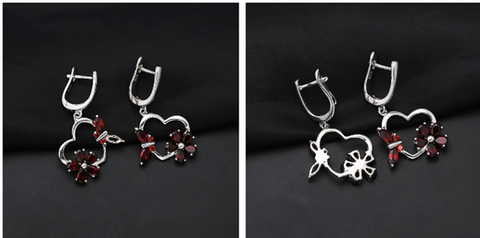
Asia
In Asia, jewelry is often made from jade, gold, and silver. Jade is a popular material for jewelry, and it is often carved into intricate shapes and designs. Gold is also used to create jewelry and is often set with precious stones such as rubies and sapphires. Silver is another material that is used in Asian jewelry, and it is often used to create intricate and delicate pieces.
Australia
In Australia, jewelry is often made from wood, bone, and shells. Wood is a popular material for jewelry, and it is often carved into intricate shapes and designs. Bone is also used to create jewelry and is often decorated with beads or shells. Shells are also commonly used in jewelry and are often used to create necklaces, bracelets, earrings, and other pieces.
Europe
In Europe, jewelry is often made from silver, gold, and precious stones. Silver is used to creating intricate and delicate pieces and is often set with precious stones such as rubies and sapphires. Gold is also commonly used in jewelry and is often used to create intricate and beautiful pieces. Precious stones such as diamonds, sapphires, and rubies are often used to create rings, earrings, necklaces, and bracelets.
Regardless of your culture, tribal and ethnic jewelry is always an interesting and unique art form. From the intricate carvings of Africa to the delicate silver pieces of Asia, each culture has its unique style and materials used in creating jewelry. Whether you are looking for a piece for yourself or a gift for someone special, tribal and ethnic jewelry is sure to be a hit.
Techniques Used in Making Tribal and Ethnic Jewelry
Tribal and ethnic jewelry making has a long and rich history. Jewelry making has been part of many cultures worldwide, and the techniques used to create these art pieces often reflect the culture of the people who wear them. From the intricate beadwork of Native American tribes to the traditional silver jewelry of the Middle East, each culture has its unique style and techniques used in creating beautiful jewelry.
Native American jewelry is often characterized by intricate beadwork and intricate silverwork with a distinct style.
Common materials used in Native American jewelry making include sterling silver, turquoise, coral, and abalone. The intricate beading and silverwork are typically created with hand tools and traditional tools such as a metal saw and metal files.
In the Middle East, traditional silver jewelry is often used to decorate clothing, personal items, and jewelry. The metalwork often features intricate detailing and motifs that reflect the region's culture. Common techniques used in Middle Eastern jewelry making include hammering, engraving, and stamping.
In India, jewelry making has a long history, and many of the techniques used today have been passed down through generations. Common materials used in Indian jewelry include gold, silver, and gemstones. Indian jewelry makers often work with various metals and stones to create intricate and detailed designs.

African jewelry-making often uses recycled materials, such as beads, shells, wood, and leather. The beads used to create traditional African jewelry are typically made from clay, glass, or metal. The jewelry makers often use intricate designs and symbols to represent the culture and heritage of the wearer.
No matter the culture or region, tribal and ethnic jewelry has a long and rich history. From the intricate beadwork of Native American tribes to the traditional silver jewelry of the Middle East, each culture has its unique style and techniques used in creating beautiful jewelry. Each piece of jewelry tells a story, and the techniques used to create the jewelry are just as important as the materials used.
Cultural Significance of Tribal and Ethnic Jewelry
- Tribal and ethnic jewelry is a form of adornment used throughout the world for centuries. It reflects the culture, beliefs, and traditions of the people who wear it. The jewelry is often decorated with symbols, motifs, and designs specific to a particular culture. It can also signify a person's status or rank within the community. It is a form of self-expression deeply rooted in history and tradition and continues to be an important part of many cultures today.
- Tribal and ethnic jewelry is often made from materials native to the region, such as wood, shell, stone, and bone. These materials are often shaped into beads, pendants, and other decorative pieces. The jewelry is often created with intricate designs and patterns to convey a message or story. For example, some jewelry may feature symbolic images of animals or plants that are important to the culture or motifs that represent important events or beliefs.
- Tribal and ethnic jewelry has a long history, often intertwined with religion, politics, and social structure. In some cultures, jewelry is used to signify a person's rank or status within the community.
In addition, the jewelry often serves as a representation of the wearer's identity and connection to their cultural heritage. For example, some tribal and ethnic jewelry may feature symbols that represent a person's clan or family.
- Tribal and ethnic jewelry is also often used for ceremonial purposes. In some cultures, jewelry marks milestones or special occasions, such as weddings, birthdays, or coming-of-age ceremonies. The jewelry may also be worn as a sign of respect or to signify a person's role in the community. For example, in some cultures, the jewelry may be worn by a leader or head of the family to signify their status and authority.
- Tribal and ethnic jewelry is also used to express personal style and identity. In some cultures, jewelry conveys a person's tastes and preferences. For example, a person may choose to wear a particular piece of jewelry to express their personality or to make a statement. The jewelry may also express a person's beliefs and values, such as their spiritual or religious beliefs.
- Tribal and ethnic jewelry is often passed down from generation to generation. This is an important tradition in many cultures. It ensures that the wearer is connected to their heritage and that the jewelry is imbued with a sense of history and tradition. In addition, the jewelry often has a special meaning or significance unique to the wearer. This makes it an incredibly personal and meaningful form of adornment.
Popular Tribal and Ethnic Jewelry Pieces from Around the World
Tribal and ethnic jewelry is a type of jewelry that reflects the cultural identity of various tribes and ethnic groups from around the world. These jewelry pieces come in all shapes and sizes and are often designed as one-of-a-kind works of art. From the intricate beadwork of the Maasai people of East Africa to the intricate silver pieces of the Middle East, tribal and ethnic jewelry is a great way to express your style while also honoring the culture of your ancestors.
Africa
African tribal and ethnic jewelry is often made from various materials, including wood, bone, and metal. The Maasai people of East Africa are known for their intricate beadwork, which often features colorful glass beads and intricate designs.
The Tuareg people of North Africa are known for their beautiful silver jewelry, which often includes intricate filigree designs. The Zulu people of South Africa are known for their colorful beaded jewelry, often made from cowrie shells and colorful glass beads.
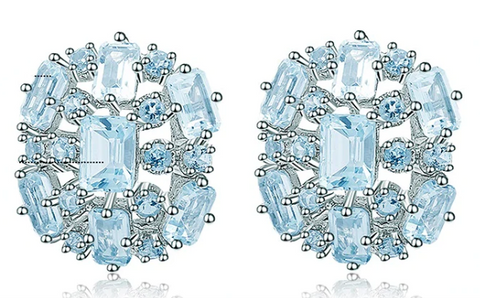
Middle East
The Middle East is home to various beautiful tribal and ethnic jewelry pieces. The Bedouins of Saudi Arabia and the United Arab Emirates are known for their intricate silver jewelry, which often includes intricate filigree designs. The Kurds of Iraq and Syria are known for their beautiful gold jewelry, which often includes intricate engravings and designs. The Druze people of Lebanon and Syria are known for their beautiful necklaces and earrings, often made from silver and covered in colorful beads.
Asia
Asian tribal and ethnic jewelry is often made from jade, coral, and other precious stones. The Hmong people of Vietnam and Thailand are known for their intricate beadwork, which often features colorful glass beads and intricate designs.
The Tujia people of China and Tibet are known for their intricate jade jewelry, which often features intricate carvings and designs. The Ainu people of Japan are known for their beautiful wood and bone jewelry, which often includes intricate carvings and designs.
Latin America
Latin American tribal and ethnic jewelry is often made from various materials, including wood, bone, and metal. The Mayans of Mexico and Central America are known for their intricate beadwork, which often features colorful glass beads and intricate designs. The Aztecs of Mexico are known for their beautiful gold jewelry, which often includes intricate engravings and designs. The Incas of Peru and Bolivia are known for their beautiful silver jewelry, which often includes intricate filigree designs.
How to Properly Care for Tribal and Ethnic Jewelry
- Store your tribal and ethnic jewelry in a dry, cool place away from direct sunlight and moisture. Many pieces of tribal and ethnic jewelry are delicate and can easily tarnish or become damaged if exposed to extreme temperatures or humidity.
- Clean your tribal and ethnic jewelry with a soft cloth or brush. Use a non-abrasive cleaning solution such as mild soap and warm water. Do not use harsh chemicals or abrasive cleaning materials to clean your tribal and ethnic jewelry, as this can cause damage.
- If your tribal and ethnic jewelry is made from precious stones or metals, take it to a professional jeweler for cleaning. Professional jewelers have the knowledge and experience to properly clean and care for delicate and expensive pieces of tribal and ethnic jewelry.
- When traveling with tribal and ethnic jewelry, it is important to store it safely and securely. Many tribal and ethnic jewelry pieces are quite valuable and easy targets for theft. Consider getting a safe deposit box at your local bank or a secure storage facility to store your jewelry when you are not wearing it.
- Consider getting your tribal and ethnic jewelry appraised. This will give you an accurate value of your jewelry and will help you determine if it is worth insuring. If you decide to ensure your jewelry, keep all receipts of its appraised value.


